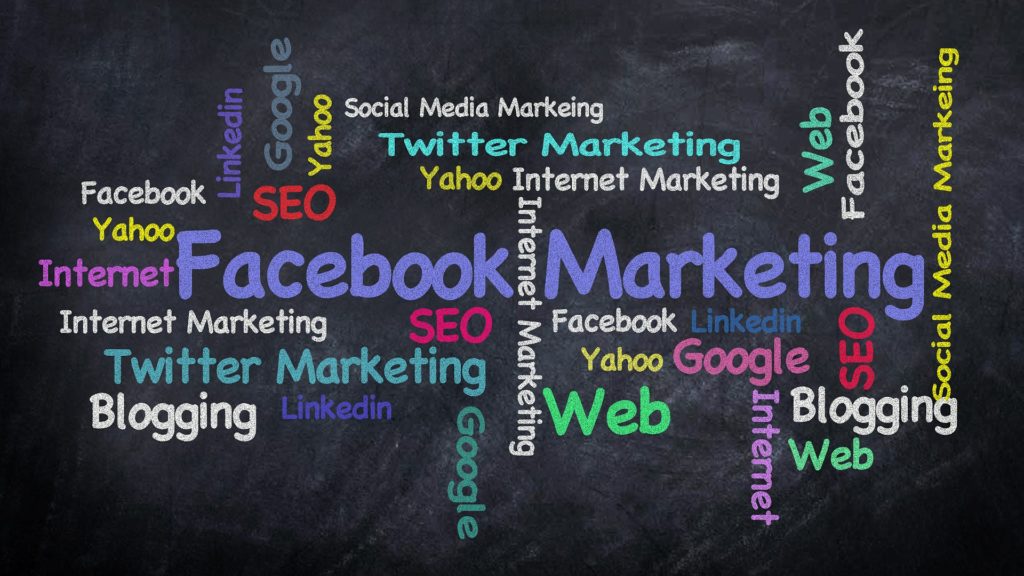There are a lot of people I don’t agree with. I have a large and diverse group of family, friends, and social media acquaintances that span a wide spectrum of beliefs and opinions. I could go onto Facebook, for example, and “unfollow” all of the people who don’t think like me and agree with me, but I choose not to. I value the diverse opinions and points of view–even when they’re stupid and completely wrong (just kidding). Using an algorithm to filter my feed creates a false bubble that prevents me from seeing alternative perspectives.
Instagram is getting ready to join the ranks of social media platforms filtering content with an algorithm. Some people want that. Some people love that idea. I’m just not one of them. In my opinion, I already did the filtering by building a social network of contacts that only includes the people I want to engage with. I don’t need Instagram to further narrow down the opinions or perspectives I’m exposed to.
Instagram—which is owned by Facebook—announced this week that it will soon begin to filter the pictures in your feed based on an algorithm. No longer will images be presented in the chronological order in which they’re posted. Instead, you will see the images the Instagram algorithm selects for you in the order the Instagram algorithm determines is best. The problem with algorithms, though, is that they create an artificial bubble that shields you from new experiences and perspectives.
Instagram isn’t alone in this endeavor. In fact, as far as social media goes, Instagram is perhaps a tad late to the algorithm party. Facebook has used an algorithm for its feed for a while, and Twitter recently talked about switching up the order or the tweets you see with an algorithm.
At face value the concept of an algorithm seems like a good idea. At the very least it seems based in good intentions. In a blog post announcing the upcoming changes, Instagram explains why it plans to show you the posts it determines are most important to you rather than just showing everything to you in order:
“You may be surprised to learn that people miss on average 70 percent of their feeds. As Instagram has grown, it’s become harder to keep up with all the photos and videos people share. This means you often don’t see the posts you might care about the most.”
Instagram says that the algorithm will determine the order of the photos and videos in your feed based on the likelihood that you will be interested in the content. That determination will be based on things like your relationship with the person posting and the timeliness of the post, and probably also a function of the accounts and types of posts you most often favorite or comment on.
In other words, the algorithm should learn from your behavior and show you more of what you like and less of what you don’t like. And, therein lies the problem.
When our social media accounts are filled with sunshine and rainbows, we begin to think the whole world is sunshine and rainbows. When our social media accounts are filled with clouds and gloom, we begin to think the whole work is clouds and gloom. On a more practical, real-world level, if our social media accounts only show us the perspectives, experiences, and opinions we like and agree with, we lose the opportunity to learn about or understand different perspectives, experiences, and opinions. The algorithm isolates you from the reality that there are other views and beliefs out there, and gives you a false sense of validation that your views and beliefs are more popular than they really are in society as a whole.
Read the full story on Forbes: Leave Me Out Of Your Instagram Algorithm Bubble.
- AI Voice Clones and Mobile Phishing: The Cyber Threats You’re Not Ready For - July 11, 2025
- Rethinking Cloud Security for the Evolving Threat Landscape - July 11, 2025
- Why Data Security Is the Real AI Risk - June 30, 2025



